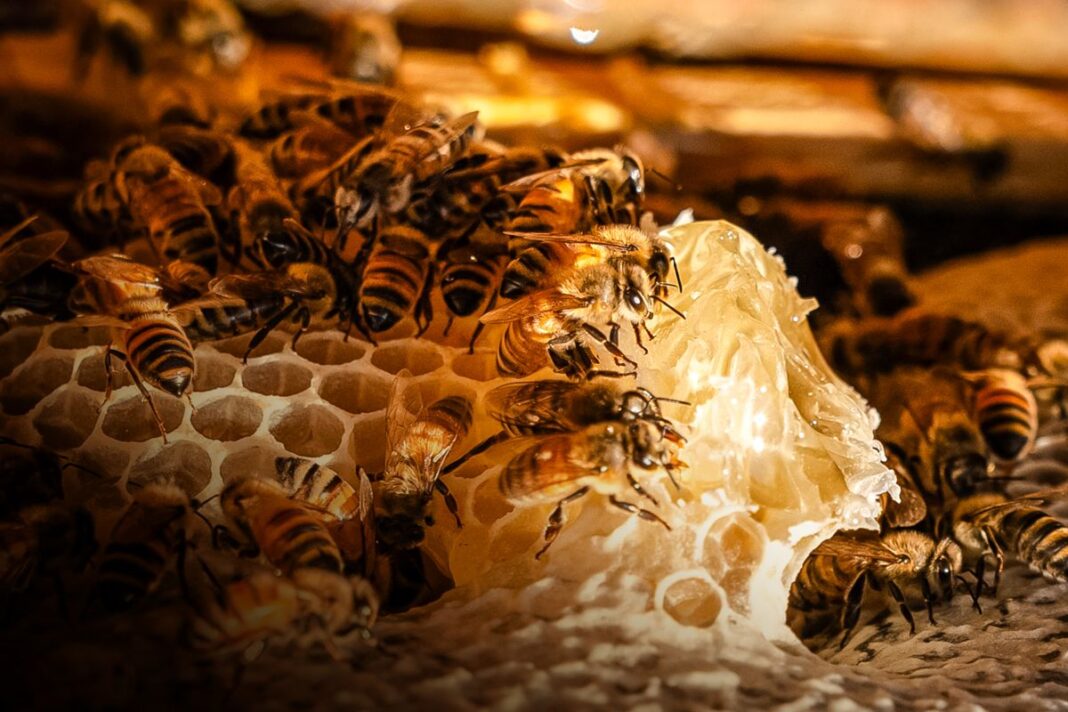Bee colonies in the United States are being decimated by mites that have developed immunity to a key pesticide.
In arid South Texas, home to mesquite and cacti, it hasn’t been uncommon for commercial beekeeper Robert Wheeler to lose half his bees every year.
But this year has been far worse.
His family-owned Frio Country Farms lost 2,000 of its 3,000 bee hives this year, many of which would have been pollinating crops such as watermelon and almonds had they lived.
And he is not alone. America’s bees are dying at an alarming rate as scientists try to figure out why.
The main suspect is the deadly Varroa mite, a vampiric parasite that carries viruses and has become immune to Amitraz, the primary pesticide used to kill it.
Wheeler, a commercial beekeeper since 2019, said he is one of many in his trade who relied on Amitraz to keep his colonies healthy.
“Some big beekeepers are hurting pretty bad right now because it takes a lot of money to run a big bee operation, and you can’t have a mistake because it’ll cost too much,” Wheeler told The Epoch Times.
“It is a pretty big deal what’s going on,” he said. “I mean, everything we eat is pollinated.”
Bee Crisis
Viruses spread by the Varroa mite, a devastating parasite that pierces the bodies of bees to drink their blood and nutrients, are the chief suspects, according to a U.S. Department of Agriculture (USDA) press release issued in June.
Scientists examined mites from collapsed colonies across western states in February and discovered signs of resistance to Amitraz, a critical miticide widely used by beekeepers.
“This miticide resistance was found in virtually all collected Varroa, underscoring the need for new parasitic treatment strategies,” according to the agency.
The agency stated commercial beekeepers lost 1.7 million colonies, amounting to more than a 60 percent loss from summer 2024 through January. The economic impact was estimated at $600 million.
Some beekeepers reported 80 percent or more hive losses, according to bee surveys.
A survey carried out by the Apiary Inspectors of America noted “staggering” colony losses of more than 55 percent in a 12-month period ending April 1.
The survey report said the losses were the highest reported since the annual survey first began tracking them in 2010–2011.








